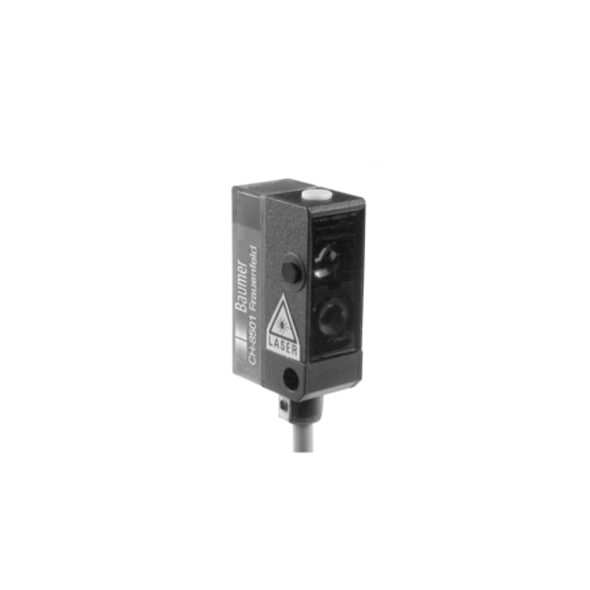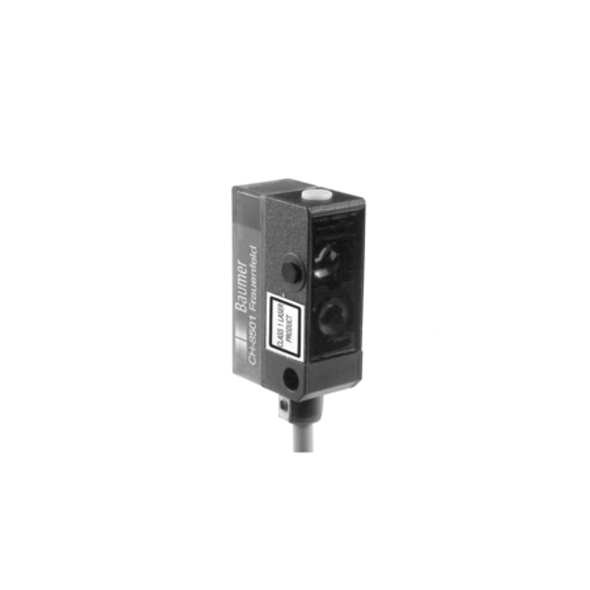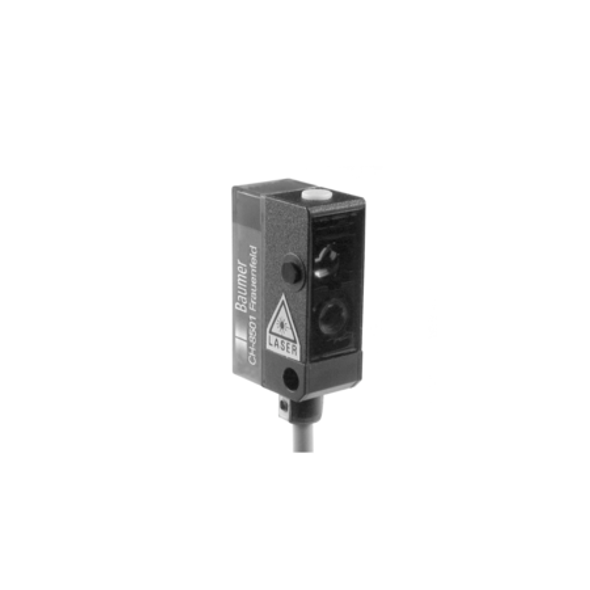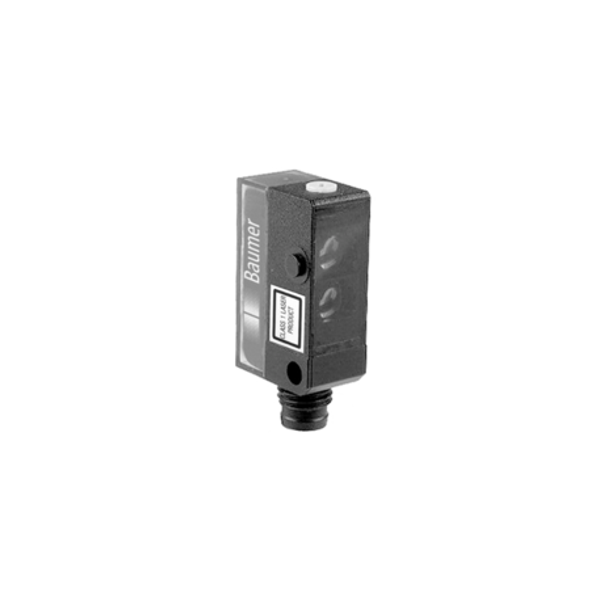Description
The Baumer OZDK 14P1901 11001325 is a diffuse contrast sensor with a sensing distance of 20 to 300 mm and an optimum operating distance of 40 to 60 mm. It features high repeat accuracy of less than 0.2 mm at laser focus and is equipped with a pulsed red laser diode light source, with a wave length of 650 nm. The sensor has a fast response and release time of less than 0.15 ms, operates on a voltage supply range of 10 to 30 VDC, and includes safety features such as short circuit and reverse polarity protection. It has a compact, rectangular plastic housing with dimensions of 14.8 mm in width, 43 mm in height, and 31 mm in depth, and is designed to withstand harsh environments with an IP 67 protection class and an operating temperature range of -10 to +50 °C. The sensor also features a green LED for power indication, a yellow LED light indicator, and a flashing light indicator for alignment or soiled lens detection. Sensitivity can be adjusted via a teach-in method, ensuring precise operation.
View AllClose












